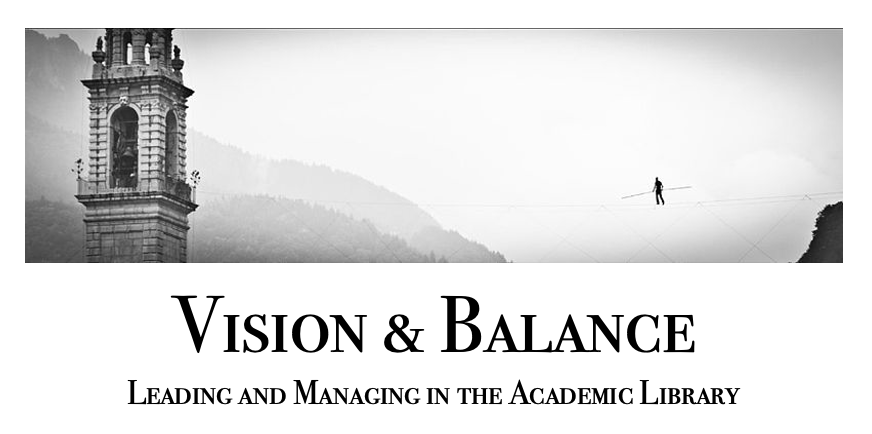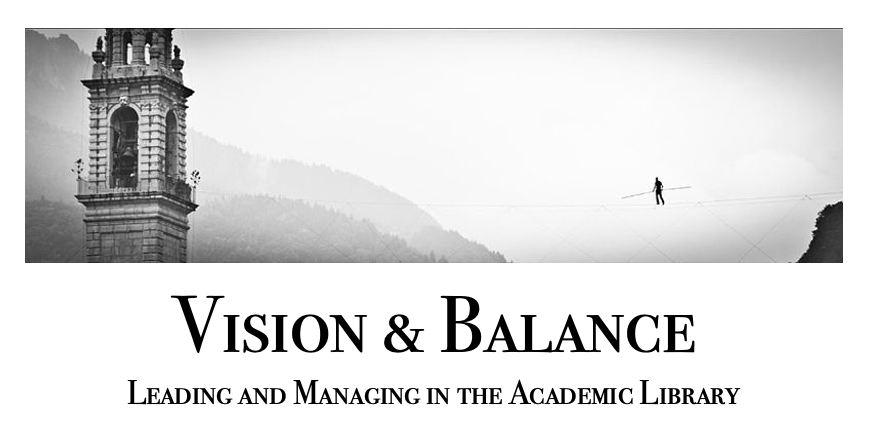Two and a Half Cheers for Efficiency
Let’s pause before reflexively pooh-poohing efficiency. Like any organizational principle, it’s vulnerable to abuse -- but it’s an essential leadership and management principle nonetheless.

With today’s post, I’m introducing an occasional series with the theme “Two and a Half Cheers.” Let me explain, briefly, what it’s about.
Usually we use the phrase “Two cheers for…” to preface discussion of something that is commonly underappreciated or even denigrated, but that we feel deserves at least a modicum of credit – maybe not unqualified celebration, but more appreciation than it usually gets. E.M. Forster’s 1951 book Two Cheers for Democracy is a classic in this vein; more recently, a sincere if somewhat qualified apologetic by Josh Bivens for President Biden’s economic policies carried the title Two Cheers for Pragmatism.
My series of posts will take the “two cheers” concept and give it a little nudge in the direction of celebration – hence the unifying theme of "Two and a Half Cheers." While recognizing that no orientation or philosophy or practice or area of organizational emphasis deserves religious, unqualified support, I’ll argue (briefly) that the item under consideration is actually much more beneficial than harmful, and that those who dismiss or denigrate it in principle – particularly in the context of library leadership – are making the classic error of letting the perfect be the enemy of the good.
The first entry in this series will be a consideration of efficiency – a term much maligned or at least dismissed, especially in the academic context, and one that I believe deserves much more respect.
Fundamentally, the term “efficiency” is simply a measure of how much waste is incurred in accomplishing a task. The less waste is involved in accomplishing it, the more efficiently it has been accomplished. Efficiency is different from effectiveness, obviously; a task may be accomplished very effectively either with a substantial amount of wasted time, effort, or money (in which case it was accomplished less efficiently) or with very little wasted time, effort or money (in which case it was accomplished more efficiently).
Efficiency has gotten a bad rap over the years, especially in academia and especially in academic libraries, for a number of reasons, some of them good and some of them… less good. Among the better reasons are the fact that academic work often does not lend itself readily to the rigorous measurement of either effort or deliverables, which means that demands for greater efficiency in academic work can actually be destructive of effectiveness; the fact that the uncritical pursuit of efficiency can lead to a soulless and sterile work environment that undermines some of the characteristics of the academy that make it uniquely valuable in a consumer society; and the fact that so much of what academia produces demonstrates its full value only long after the effort has been expended, making a reliable measure of efficiency in the short- to medium-term virtually impossible.
However, there are also areas of academia – and especially of academic library work – in which efficiency is highly desirable and very much worth pursuing, even if it isn't completely measurable.
For example, we should always consider efficiency when planning and managing meetings. A one-hour meeting that involves eight people represents the equivalent time commitment of one person’s full day of work. When thinking about how to use that meeting time, the leader should ask herself “How likely is it that the outcomes of this meeting would represent a good use of one person’s full workday?” In this context, efficiency may not be precisely measurable, but it can still be maximized by keeping the meeting agenda tight and well managed and by ensuring that it results in real deliverables.
Another example is the use of systems and IT staff time. A library leader should take care to ensure that this extremely valuable resource is being kept focused on the most high-priority needs of the library and its users, not squandered with poorly managed or prioritized demands. Does your IT staff have clear guidance from library leadership on when they should say “yes” and when they can say “no” to demands from staff? Do they get clear and regular guidance on how to prioritize projects? Are there well-established principles in place to help them make decisions without having to constantly ask their line leadership? If not, the balance of effort to outcome will be poor and everyone (including the IT staff) will be frustrated.
One more example of a library context in which pursuing efficiency is essential: the use of library space. Every library leader should have a good sense of how the space in his facility is being utilized, and of the degree to which these space allocations are helping the library help the university achieve its goals. How are study spaces and student service spaces balanced with space devoted to collections? Do back-office functions take up prime space that might be better dedicated to patron use – or, conversely, are patron spaces so generous that back-office services are being hamstrung by insufficient space? Every physical area in the library represents an investment of resources, and leaders should always be trying to assess the degree to which those investments are paying off in benefit to the host institution.
So let’s pause before reflexively pooh-poohing efficiency. Yes, like any organizational principle, it’s vulnerable to abuse. But it’s an essential leadership and management principle nonetheless.
